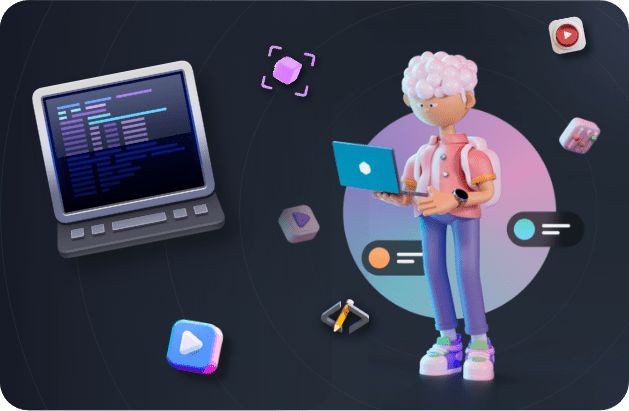Introduction
Video on Demand platform delivers direct fast and high-quality transactional video to its customers to watch on TV or PC. It helps users to access online content from video libraries. Users can watch the videos according to their own convenience from any device. VOD is a dynamic feature and is offered by Internet Protocol. It is transmitted through Real-Time Streaming Protocol. It is the future of online content delivery
Overview of market share
The global video-on-demand market size is projected to reach 159.62 billion USD by the end of 2027. The worth of the VOD market was USD 53.96 billion in 2019 and will exhibit a CAGR of 14.8% during the forecast period, 2020-2027. This information was published by Fortune Business Insights. Smartphone penetration is increasing across the world which will create several opportunities for market growth. The availability of low-cost cloud platforms will also be a favor for market growth. VOD is gaining popularity over the last few years

How VOD Works
In VOD the video content is stored on a server in digital form. When a User makes a demand request, it is compressed and transmitted through the internet. Then at the user’s end, the video is again decompressed, decoded, and stored on a video server in the user’s device. Here, the user has full control of the video. Video can be watched instantly, fast-forwarded, rewinded, or paused. These capabilities are available only in VOD and not in other traditional methods. These videos can also be downloaded and watched later
A library contains all videos in uncompressed format. Transcoders are used to compress videos before transmitting them through the internet
What are the best features to have in VOD
Access for Multiple Users
Multiple users should be granted access to view the video contents. Enough security measures need to be handled to make sure that the video content is available only to the intended Audience and not to external people
Multiple viewing options
Users should have multiple viewing options to view them on a wide range of devices. When users have many options they will show more interest in viewing the videos
Recording Live Events
The Live events can be captured, edited, and recorded. This can be stored in the video content library for the ease of access to the User
Video Analytics
This will help to analyze which videos are most watched, which videos are popular, and what type of devices are used for watching. This will help to make business decisions
User interactive
The videos should be made user-interactive. For example, for education-related videos quizzes can be inserted. Surveys can be included to get feedback about a product from users

What are the Benefits of VOD
There are multiple benefits of VOD. Few of them are listed here
- The videos will be available in the library for a long period of time. Users can access the video at any time even after years. The content can thus reach a large audience
- The user has the option to preview, edit, add or remove the content in the video. Even effects or animation can be added to the video
- These videos can also be viewed offline. This will help people to watch it at their own convenient time.
- Cost-wise VOD will be cheaper compared to other traditional ones. In the case of VOD, there might be offer packages or discounts which will attract more users
- Also, VOD gives us total control of our content. The user has the flexibility to create his own content without compromising his creativity

